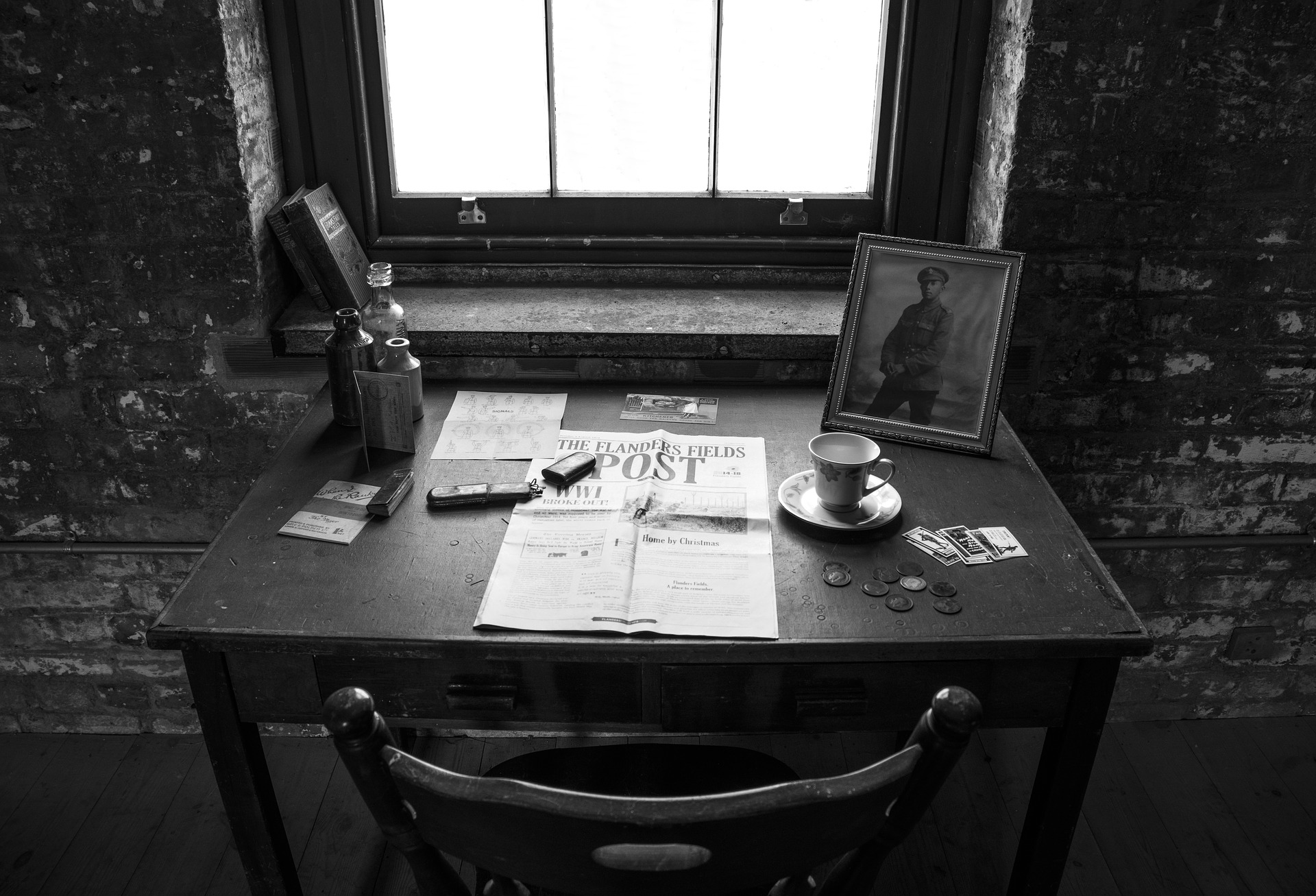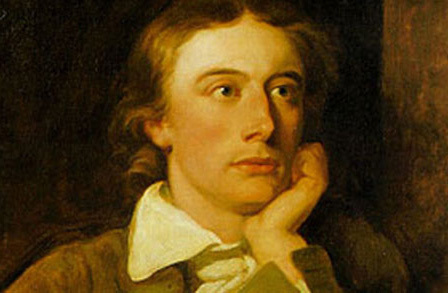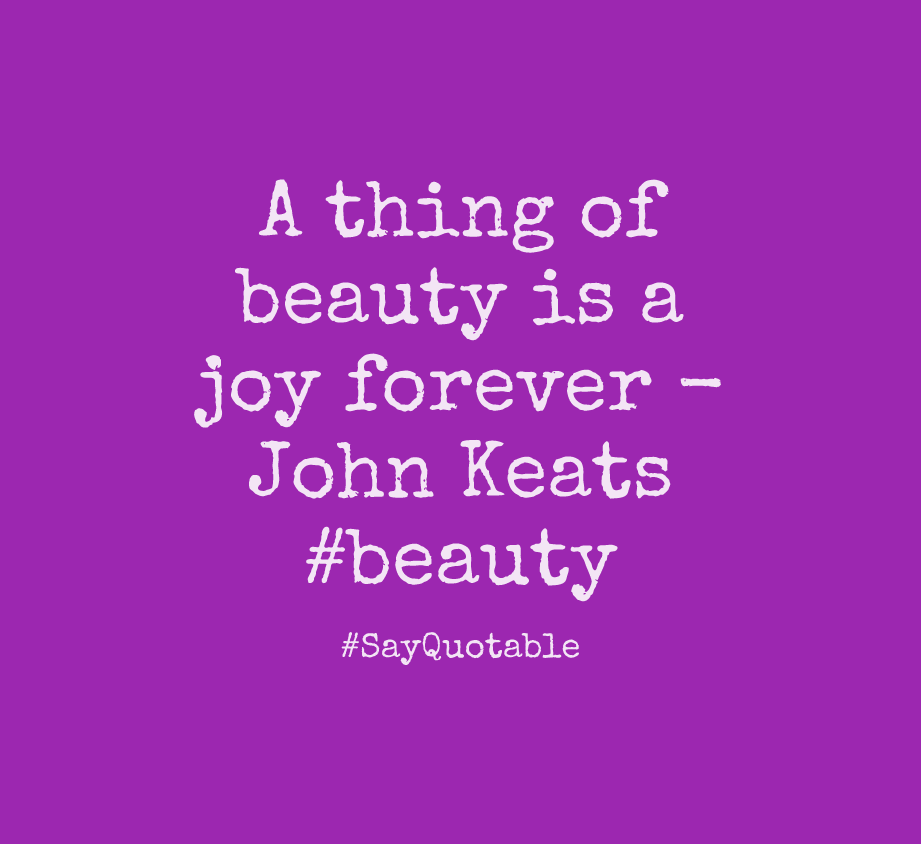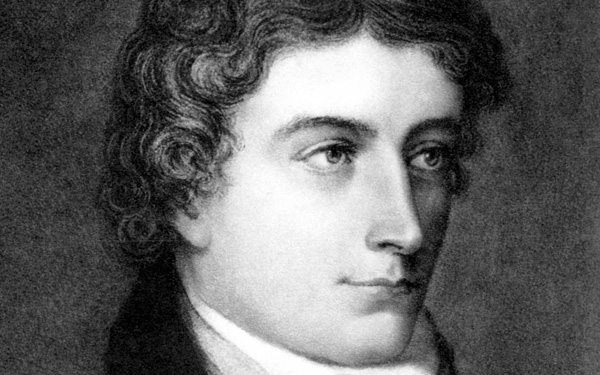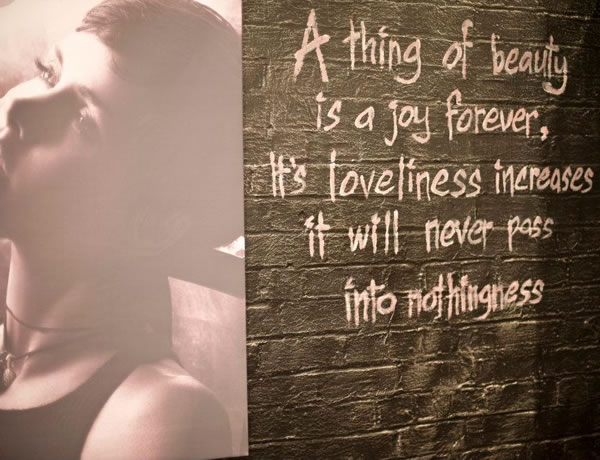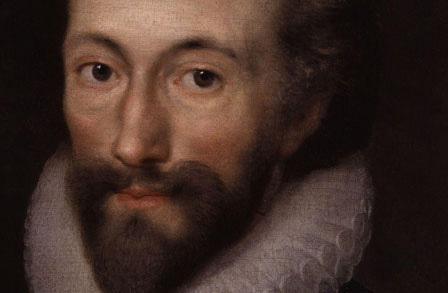About the Poet:
John Keats, one of the supreme English poets and a major figure in the Romantic Movement, was born in 1795 in Moorfields, London. His initial endeavors at writing poetry date from about 1814, and include an imitation of the Elizabethan poet Edmund Spenser. He died at the age of twenty-five and had perhaps the most significant career of any English poet. He published only fifty-four poems, in three slim volumes and a few magazines. But at each point in his development, he took on the tasks of an extensive range of poetic forms from the sonnet, to the Spenserian romance, to the Miltonic epic. He defined afresh their possibilities with his own distinctive fusion of earnest energy, control of conflicting perspectives and forces, poetic self-consciousness, and, occasionally, dry ironic wit. In the case of the English ode, he fetched its form, in the five great odes of 1819, to its most impeccable definition.
In his lifetime John Keats would not have been related with other major Romantic poets, and he himself was often apprehensive among them. Keats had no proper literary education, although he had a generous education in the boy’s Academy at Enfield and trained at Guy’s Hospital to become a surgeon. Nevertheless, Keats, today is seen as one of the smartest readers, explainers, and questioners of the modern poetic project. Beyond his accurate sense of the difficulties presented him in his own literary-historical moment, he developed with unparalleled rapidity, in a relative handful of astonishing poems, a rich, powerful, and exactly controlled poetic style that ranks Keats, with the William Shakespeare of the sonnets, as one of the greatest lyric poets in English.
About A Thing of Beauty:
Endymion is a classic poem in English. This poem by Keats is centered on the Greek mythology of Endymion, the shepherd cherished by the moon goddess Selene. We see an explanation of the original story and the Moon Goddess Selene is named as “Cynthia”.
The poem “A Thing of Beauty “ by John Keats is a revolution against the conventional reality. According to Keats, there is a difference between ordinary entity and an object of beauty. Although the effects of an ordinary object are momentary to our senses, they do not remain long in our minds and fade away with the time passes.
But on the other hand, the effects of the things of beauty permanently charm to our senses, they do not fade with time and stays in our senses. No time and space can put an end to the effect of the beauty of objects.
Keats defines the sun, the moon, the old trees, the daffodils, the clear streams and the forest which are rich with good-looking flowers-as the objects of beauty. This objects always appeals to our minds and nothing neither time nor space can make us unable to summon up them.
The whole lot in this world has beauty and good looks lie in the eye of the beholder. We are the one who is not attentive and continuously running in our life. Only if we become more alert and enduring then we will be able to see beauty everywhere around us.
The Setting of A Thing of Beauty:
The setting of the poem starts by a portrait of a countryside scene of trees, rivers, shepherds, and sheep. The poem tells about how nature and its wonder captivate us and take away all the sorrow that surrounds us from time to time. This poem by Keats is based on the Greek mythology of Endymion, the shepherd dearly loved by the moon goddess Selene. The poem associates Endymion’s unique romantic passion with a universal expedition for a self-destroying state of grace in which he might attain a heavenly private concord with all creations.
Stanza-wise Summary of A Thing of Beauty:
Very simply put, yet graceful, Keats describes a thing of beauty as proceeding joy forever. Its beauty only increases and it will never come to an end. The benefits hold out by a thing of beauty is listed as giving sound repose with good dreams and well-being.
The earth without the beautiful things is a hopeless, unpleasant place flourishing in cold-hearted unresponsive scarcity and is severe toward human beings. Every day human beings face miserable days packed with unhealthy malevolence and darkness. However, in spite of all, a thing of beauty helps eradicate the dark cloud that loads our souls. Hence, the poet says that we, the human beings create an elaborate band each day, made of all the lovely things we see. This band keeps us destined to the downcast earth as we would otherwise be hopeless.
The concluding section simply tells us some of the beautiful things on Earth. After all, beauty lies in the eyes of the beholder. Everyone can highpoint something beautiful in anything. The examples cited by the poet are as such: the sun, the moon, trees, flowers, streams, musk-rose blooms, architectural tombs, even fairy tales or heroic legends. The ‘simple sheep’ are human beings. The poet expresses sympathy with the innocence of human beings. Keats sees the beauty in guiltless humans seeking comfort in nature, and Mother Nature in its own way develops a shady abode of relief and consolation. The clause, Lily of the valley is quite well known and incites images of a subtle unique white flower holding up its head amongst a setting of thorns and tips and everything contrary to nature to delicateness – so too are the daffodils mentioned in the poem.
The poet also perceives beauty in the death of martyrs and legends. ‘The mighty dead are those idealists who have died bravely for a cause. We honor them by establishing splendid, grand sepulchers in which beauty is seen. If one looks around, there are numerous beautiful things to notice. They seem to flow immortally as a fountain, from the gods above to help the pitiable human beings to deal with with the harshness of life.
Annotations of A Thing of Beauty:
In the first stanza of the poem, the poet John Keats declares that a thing of beauty continues to inspire us throughout our life. It never stops to exist in our heart. With the passageway of time, the consequence of the thing becomes more intense. The beautiful object is like a ray of hope in the middle of the world’s despairs. It energizes our souls, restores us, and relaxes our worn nerves. It is like a withdrawal from the evil in the world. Every day, such good-looking things in natural surroundings bind us to the earth.
In spite of all the sadness, egotism, grief, misery, and all things we suffer in this world, the beautiful thing, whether it be a passage, an object, or whatsoever which a person finds beautiful, is like a ray of hope in the middle of all. Like the sun, the moon outstanding through this dark curtain, trees, sheep, or flowers for that matter also the green streams, waterfalls, fountains, musk rose buds, etc. All accounts of bravery which motivate us give us the audacity to fight against all chances. They are an unending foundation of motivation.
The poet considers a thing of beauty as a joy forever. It is a constant source of happiness and pleasure. Its beauty never decreases. It gives us peace and a sleep full of sweet dreams.
Keats stresses the indestructible connection of man with nature and the earth. The loveliness of earth captivates a man. Every entity of earth is a foundation of pleasure. Every day we are knitting a flowery wreath to fix us to the earth.
Man himself is the root source of his concerns. We lack human abilities and it makes us merciless. Our life itself becomes a melancholy. We nurture unnatural and sinful ways. All such things take a long depression and misery to mankind.
The beauty of natural objects takes away the despair from our sad hearts. The sun, the moon old and young trees, arranges for a shady shelter and it is a boon for unassuming conformist. Daffodil flowers are flourishing surrounded by the green brushes. Small streams make a freshening accommodation for the forests.
Woods are growing in the middle of the forest. They have been prepared beautiful and impressive by scattering of musk-rose. The mighty and deceased were the people who were influential and governing in their own times. Their accomplishment made them well-known and colossal. We visualize that on the Dooms Day they will achieve more splendor and will be pleased.
The prettiness of the stories excels any other that we have read or heard. The beauty of Mother Nature is like buds from blissful Fountain. It decants into our hearts divine ecstasy of natural surroundings which is like unforgettable nectar.
The mighty deceased were those of unlimited authority, power, and magnificence. They were prosperous, fearless and amazing people. They are dead in their grave but still replicate that grandeur and glory. Man makes his life unhappy by his own nature and actions. In the midst of these miseries and suffering, a thing of beauty works miracles. It delivers hope for man and eradicates distress and melancholy.
Some online learning platforms provide certifications, while others are designed to simply grow your skills in your personal and professional life. Including Masterclass and Coursera, here are our recommendations for the best online learning platforms you can sign up for today.
The 7 Best Online Learning Platforms of 2022
- Best Overall: Coursera
- Best for Niche Topics: Udemy
- Best for Creative Fields: Skillshare
- Best for Celebrity Lessons: MasterClass
- Best for STEM: EdX
- Best for Career Building: Udacity
- Best for Data Learning: Pluralsight
